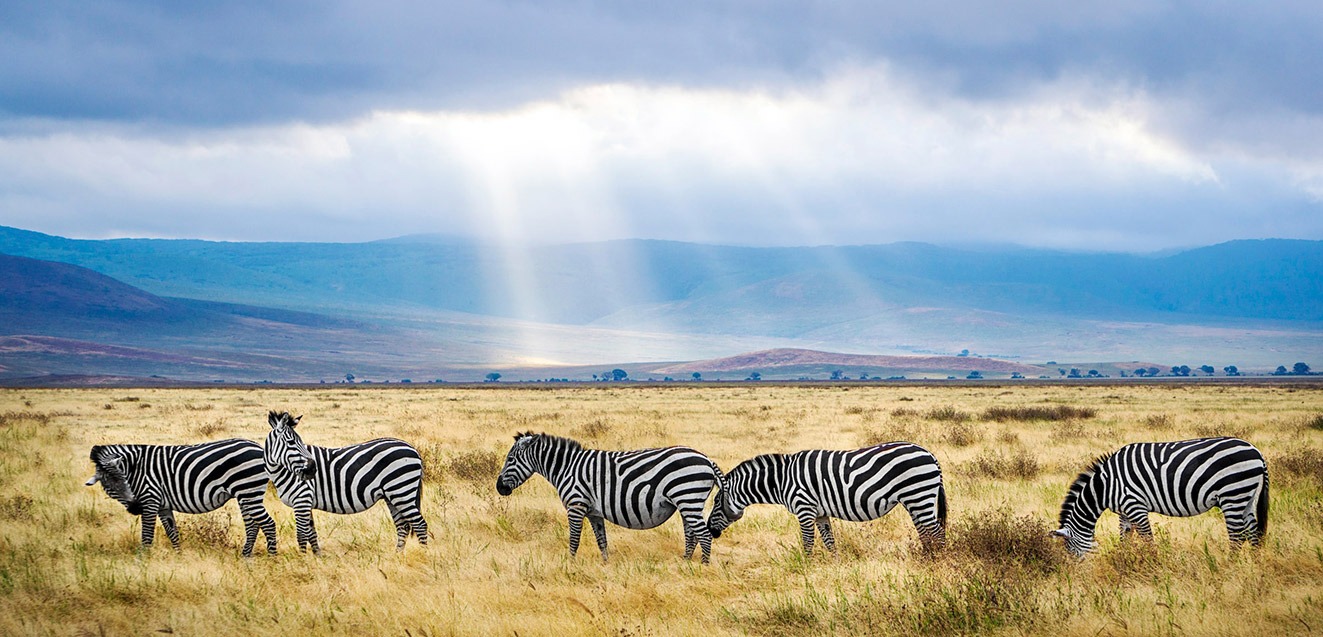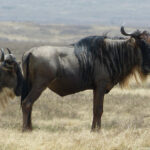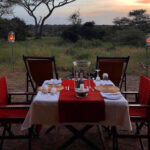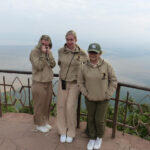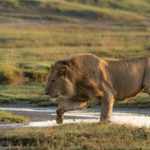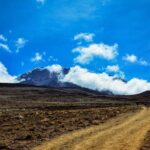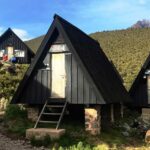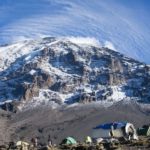When planning your first safari, choosing between Ngorongoro and Serengeti can be daunting. Ngorongoro Crater is often referred to as Africa’s Garden of Eden, providing an unparalleled backdrop to witness the circle of life. Meanwhile, the Serengeti’s open plains host the world’s most breathtaking migration of nearly 2 million wildebeest and zebra.
Ngorongoro has a rich history as a UNESCO World Heritage Site, offering a high density of African wildlife within its compact area. The Serengeti, covering 30,000 square kilometers, presents endless horizons and a staggering 3,000 lions. For the first-time safari goer, the choice may come down to the unparalleled diversity of Ngorongoro versus the expansive spectacle of the Serengeti.

Exploring Ngorongoro: A Snapshot for Novices
The Ngorongoro Crater is a famous travel destination known for its incredible biodiversity. This natural wonder, formed from a collapsed volcano, spans over 300 square kilometers. Its bowl-like shape makes it different from other safari spots, allowing animals to thrive in a contained area. The crater is home to the Big Five: lion, elephant, buffalo, rhino, and leopard. For beginners, it’s a perfect place to see a variety of wildlife in one spot.
Ngorongoro is also rich in culture and history. The Maasai people have lived around the crater for centuries, coexisting with the wildlife. Visitors often enjoy learning about Maasai traditions and lifestyle. This living cultural heritage adds an extra layer to the safari experience. You get wildlife and culture in one trip.
One unique feature of Ngorongoro is its diverse ecosystem. Inside the crater, you’ll find forests, swamps, grasslands, and a soda lake. Each area has different types of animals and plants. For example, the swampy areas are great for spotting hippos, while the grasslands attract grazing animals like zebras. This variation keeps every safari trip exciting and new.
For first-time visitors, Rolux Safaris offers tailored trips that highlight the best of Ngorongoro. The expert guides ensure that you don’t miss any key sights. They also provide fascinating insights into the crater’s geology and the animals that live there. Whether you’re an adventurous traveler or someone who prefers a relaxed pace, Ngorongoro has something for you. It’s an ideal starting point for anyone new to African safaris.
Rich Biodiversity and Distinct Ecosystems
Ngorongoro not only boasts the Big Five but also many other species. You’ll find over 25,000 large animals roaming the crater floor. This includes wildebeests, gazelles, and warthogs. Bird enthusiasts can spot flamingos at Lake Magadi, which turns pink during their visit. The crater is indeed a living encyclopedia of animal life.
The diversity in plant life is equally stunning. Different zones within the crater support various types of vegetation. Forested areas are dense with trees, while the open plains are grassy and perfect for grazers. Near the water bodies, you will find lush, green swamps. This variety ensures that every visit feels like a new adventure.
The crater’s unique topography leads to several microhabitats. These smaller areas suit different species’ needs. For example, the Lerai Forest attracts elephants because of its thick vegetation. On the other hand, plains with shorter grass are preferred by predators like lions. The numerous mini-ecosystems make for interesting wildlife dynamics.
Rolux Safaris helps first-time safari-goers appreciate this biodiversity through expert-guided tours. Their guides know the best spots for animal sightings and interesting plant species. Additionally, they offer information on each habitat’s role in the ecosystem. These insights make your safari more educational and engaging. It’s not just about seeing animals; it’s about understanding their world.
Unveiling the Serengeti: An Endless Adventure
The Serengeti is well-known for its immense wildlife spectacles. Spanning 30,000 square kilometers, it’s one of the largest ecosystems globally. The famous Great Migration sees millions of wildebeest and zebras journeying across the plains. This natural phenomenon attracts predators, creating an incredible display of survival and strategy. There, every turn brings a new scene of action.
Aside from the migration, the Serengeti holds a diverse range of habitats. These include riverine forests, woodlands, and open savannah. Each area houses specific animal groups and plant species. For example, the Seronera Valley is a top spot for observing leopards. This habitat diversity keeps the landscape varied and exciting.
Bird watchers will be thrilled with the Serengeti’s avian population. The national park hosts over 500 bird species. These range from ostriches to smaller, colorful songbirds. Birdwatchers often catch sight of majestic eagles and vivid rollers. These winged residents add another layer to the Serengeti’s rich biodiversity.
Rolux Safaris offers guided tours to make your Serengeti exploration unforgettable. Their knowledgeable guides know the region’s best-kept secrets. They help visitors understand animal behaviors and the ecosystem’s intricacies. Each tour is tailored to maximize wildlife encounters. With Rolux Safaris, you’ll grasp the essence of the Serengeti, making your adventure truly endless.


